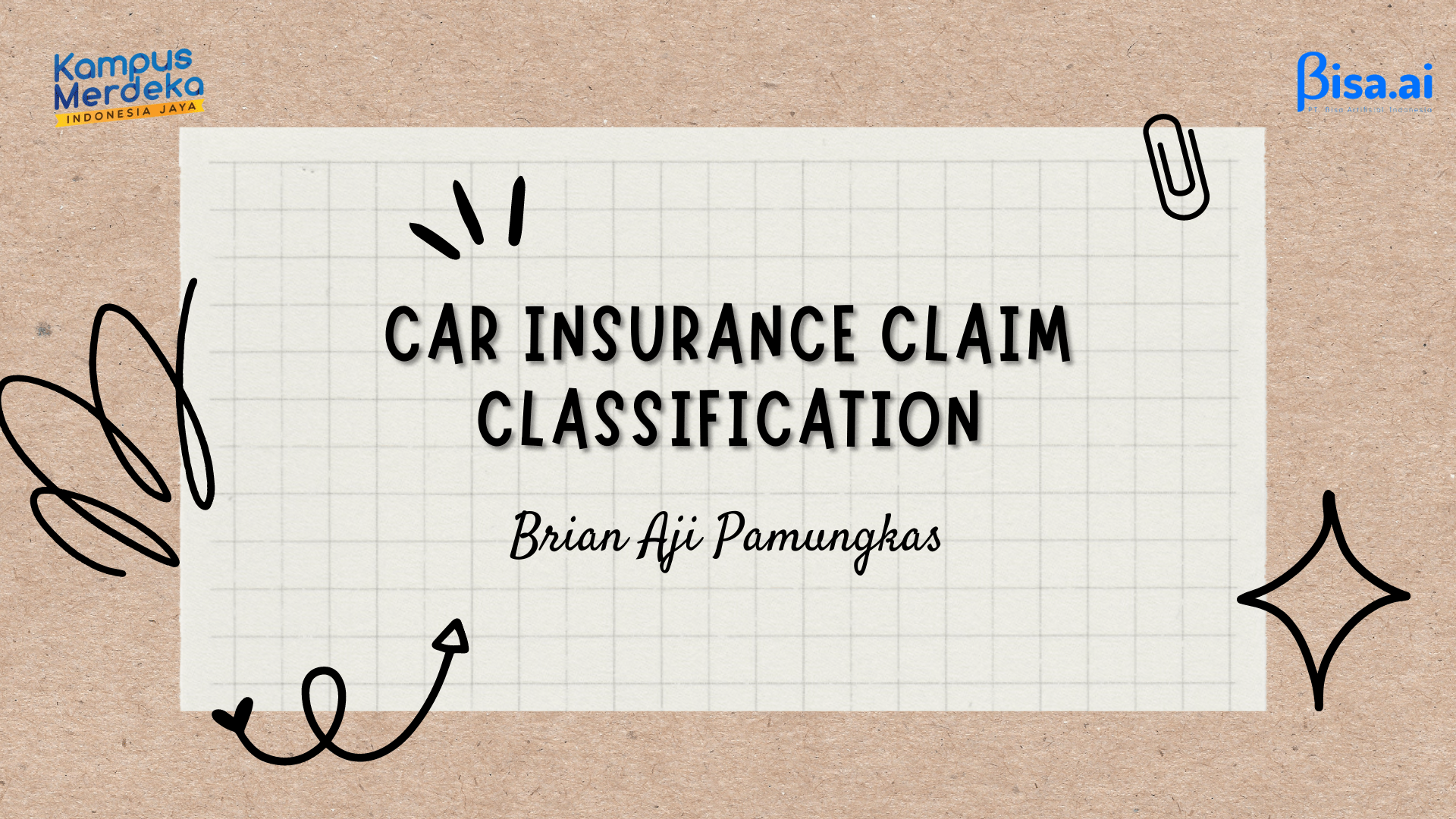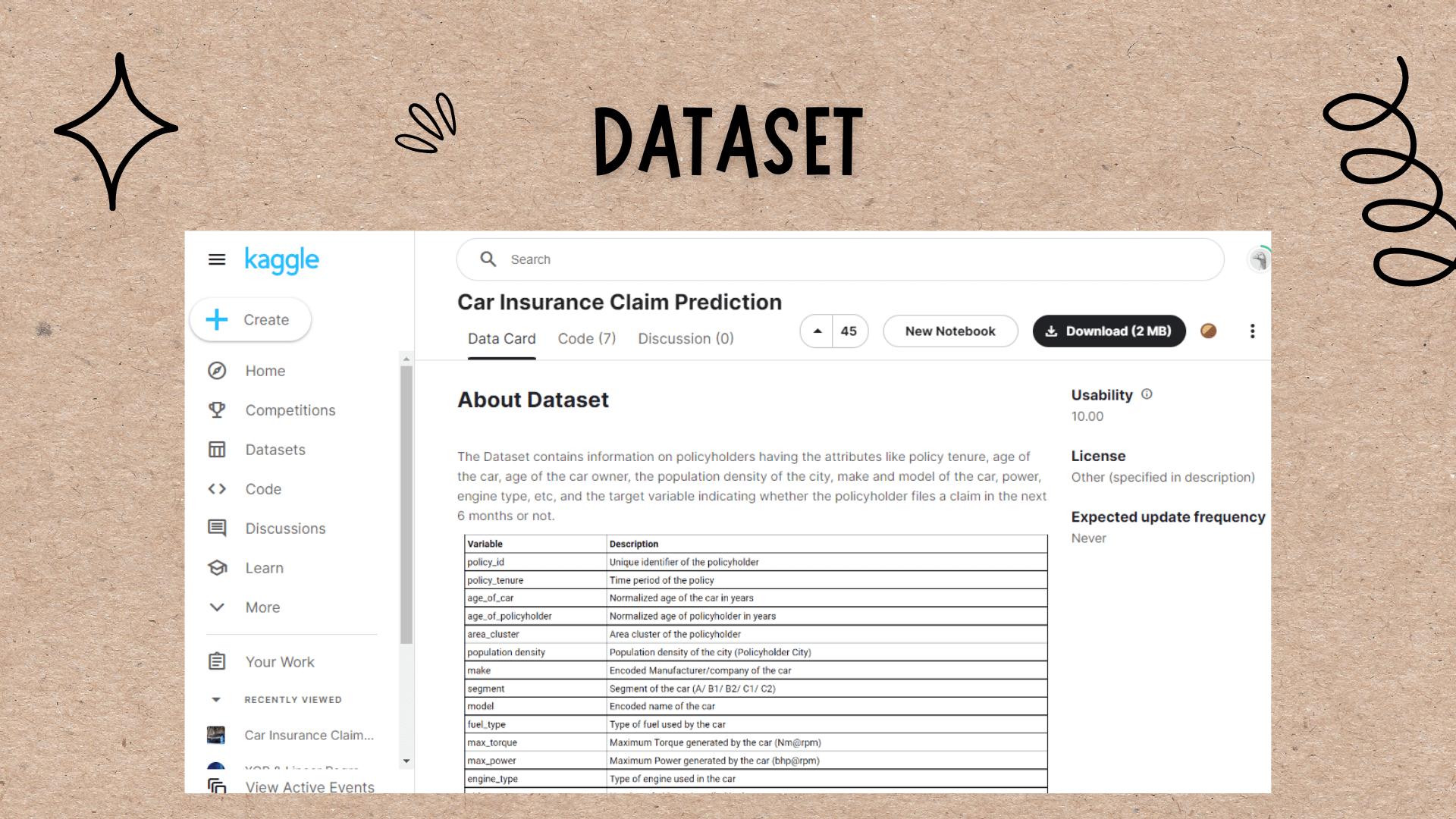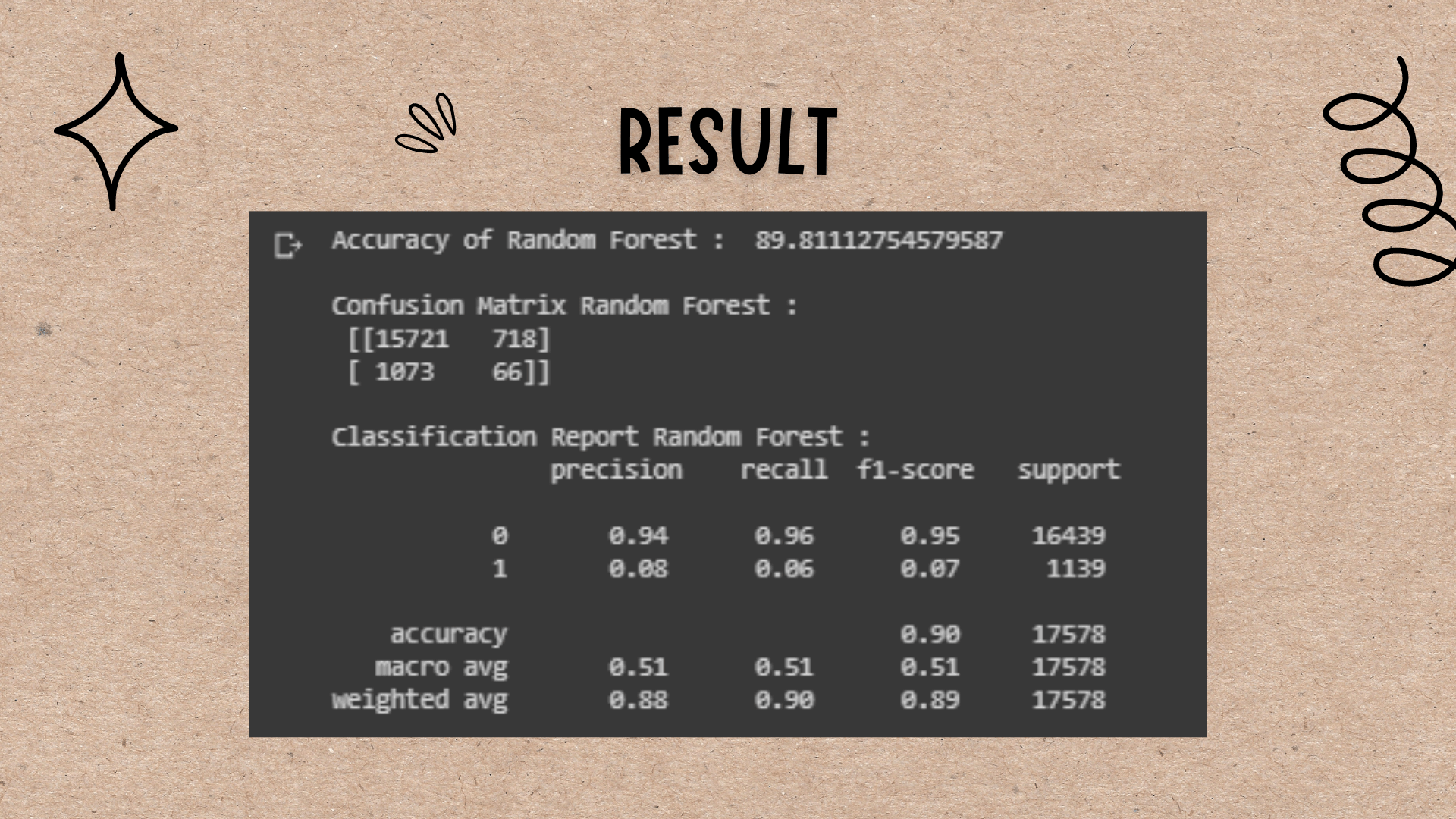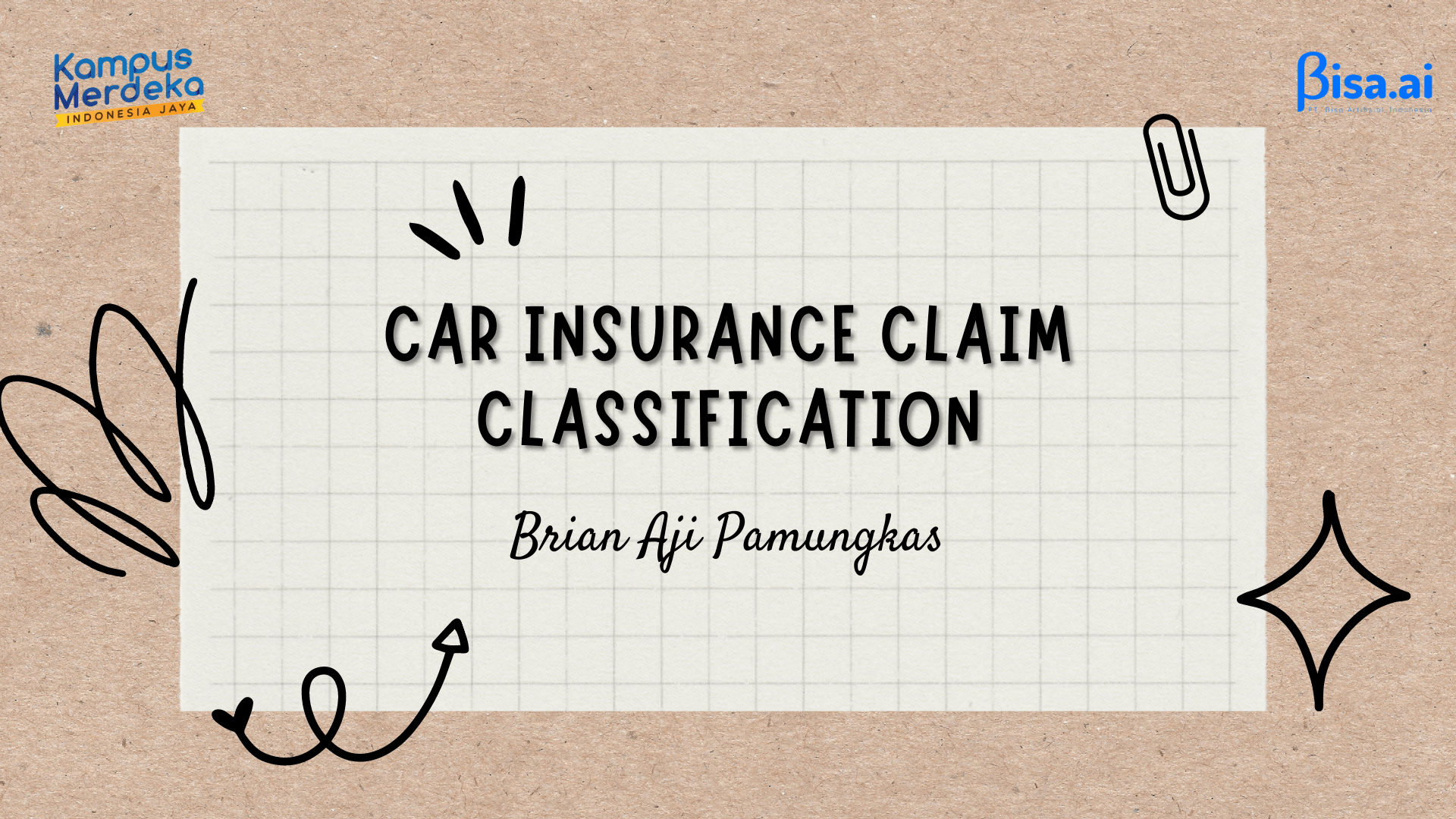
Car Insurance Claim Classification
BRIAN AJI PAMUNGKAS
Summary
Before making a car insurance claim, the owner must meet several criteria for an insurance claim, and not just 1 or 2 people, but many people in 1 day. Therefore, to overcome these problems a classification program was created to identify the owner of the insurance has the right to make a claim or not.
Description
Before making a car insurance claim, the owner must meet several criteria for an insurance claim, not just 1 or 2 people, but many people in 1 day. Therefore, to overcome these problems a classification program was created to identify the owner of the insurance has the right to make a claim or not. The classification program has several stages: data collection, preprocessing, modeling, and evaluation.
Data Collection
At this stage, I collected datasets from Kaggle.com. The dataset is 58592 rows × 44 columns.
Data Preprocessing
At this stage, I did EDA such as statistical description, removing missing values, encoding, data normalization, and correlation.
- Statistical Description
- Removing Missing Values
- Encoding
- Data Normalization
In the data normalization stage, I use MinMaxScaler.
- Correlation
I look for correlations or relationships between features and targets in the correlation process.
Modeling
Classification modeling with machine learning uses Random Forest, Decision Tree, and K-NN algorithms. Dataset division: 30% test data and 70% training data.
As seen in the figure, the modeling results yield 90% for the Random Forest algorithm, 88% for the Decision Tree algorithm, and 93% for the K-NN algorithm.
Evaluation
Conclusion
I pay attention to precision, recall, and f1 score from the modeling and evaluation results. So, I conclude that the Random Forest algorithm best differentiates targets based on the available dataset.
Informasi Course Terkait
Kategori: Artificial IntelligenceCourse: Teknologi Kecerdasan Artifisial (SIB AI-Hacker)





